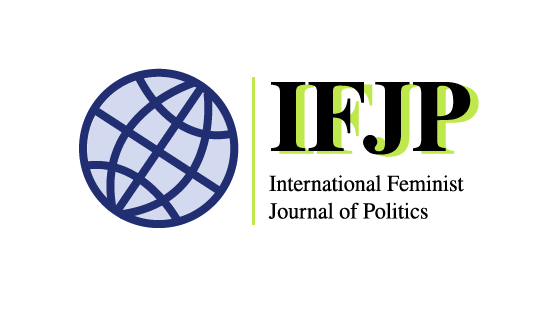It it possible to get an in-depth look at women in green parties to understand the unique institutional features of the parties. It proves that green parties are outperforming other parties on both the left and the right as well as national legislatures in terms of women’s representation and feminism within the party institutions.
Read MoreHow can women, peace and security community develop good policy recommendations to respond to what women might encounter tensions between the war time empowerment they experienced and the limitations deriving from the patriarchal structures upheld or resurfacing in the post-war era?
Read MoreHow do we make sure that SSR actually transforms the post-conflict military in a way which makes gender-based discrimination visible and gender-equality possible? Nina Wilén argues that it is necessary to look at gender norms and experiences from the private, non-official sphere in order to transform the public and establish a more gender-equal security sector.
Read MoreFeminist work has always been important, but it seems, with the growing backlash against ‘gender ideology’ and an increasing refusal to identify as feminist, that it is increasingly so. Most important will be to clarify the core message(s) of the feminisms’ varied politics: highlighting gendered power structures and norms.
Read MoreWhen Chechnya’s president Ramzan Kadyrov, in response to reports in 2017 about a wave of anti-LGBT persecution, publically denied the existence of gay people in the republic – echoing the claims made by Iran’s president Mahmoud Ahmadinejad at Columbia University in 2007 that “in Iran we do not have homosexuals” – such efforts by state leaders to erase queers from the national narrative ironically draw global attention to precisely the category of people whose existence is denied.
Read MoreSince the end of World War II—and particularly since the early 1990s—the world’s national legislatures have experienced (some gradual, others quite dramatic) rises in levels of women’s descriptive representation.
But - there is no simple link between descriptive representation, on one hand, and women’s leadership, substantive representation, or equality within legislatures, on the other. Women who overcome barriers to election often encounter new obstacles once they take their parliamentary seats.

